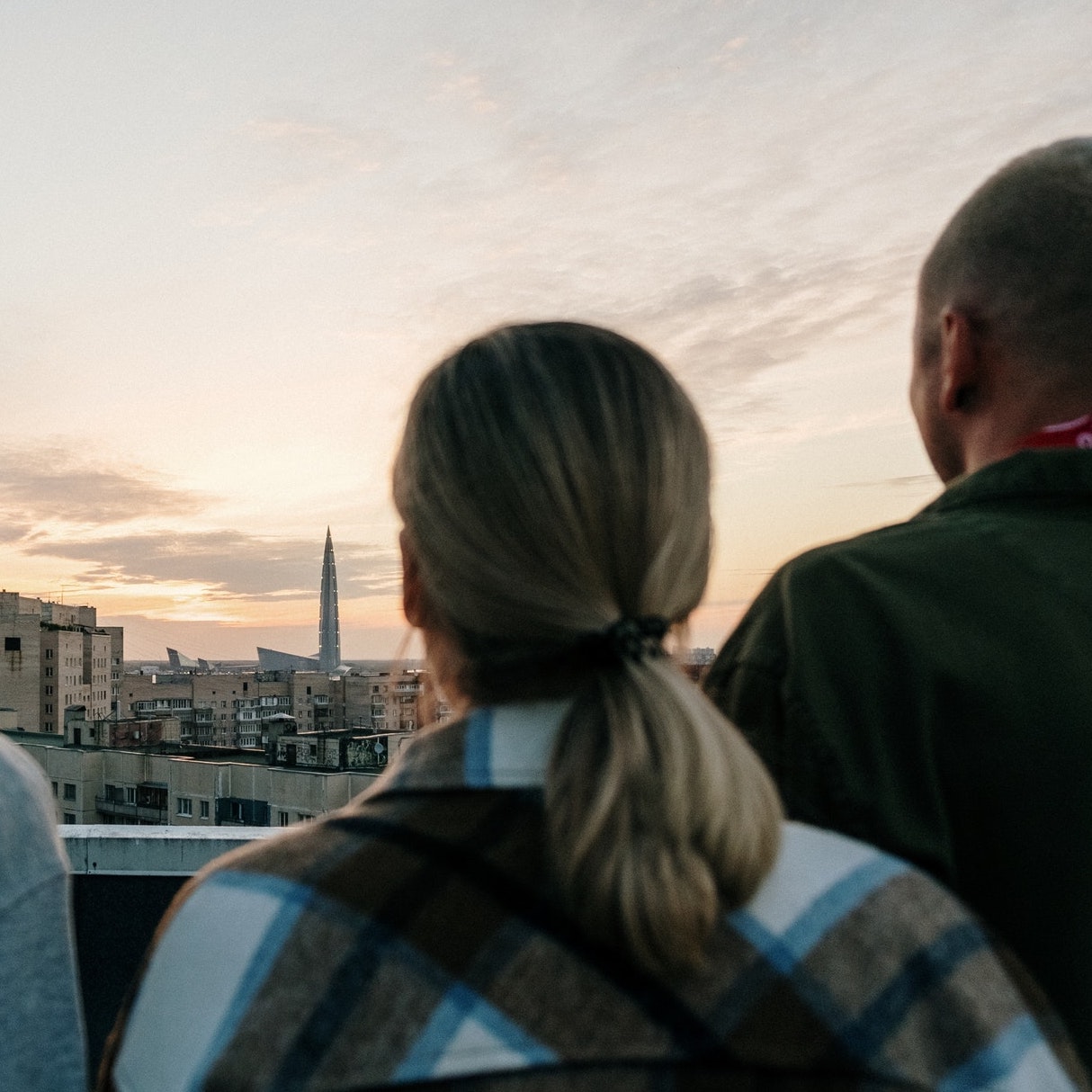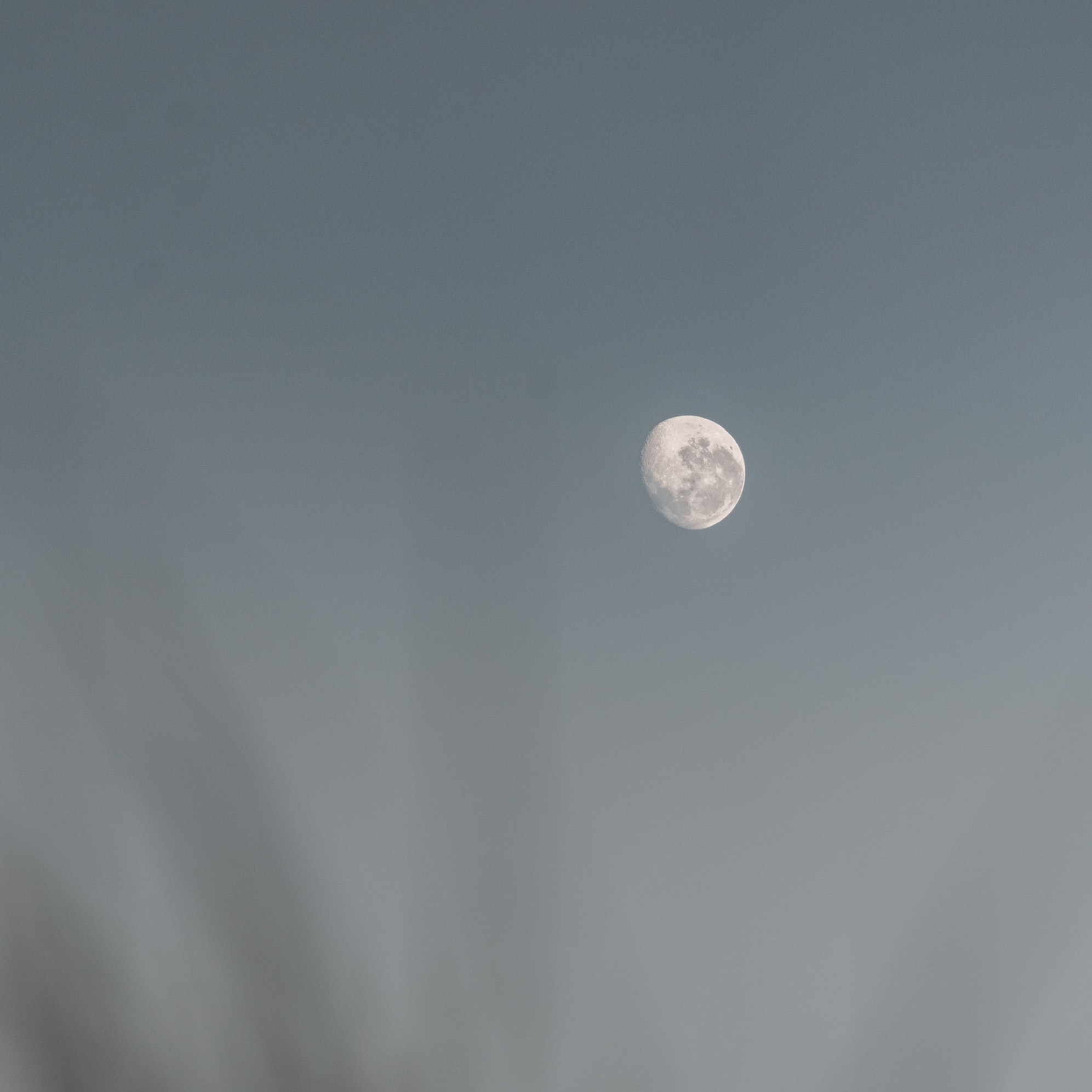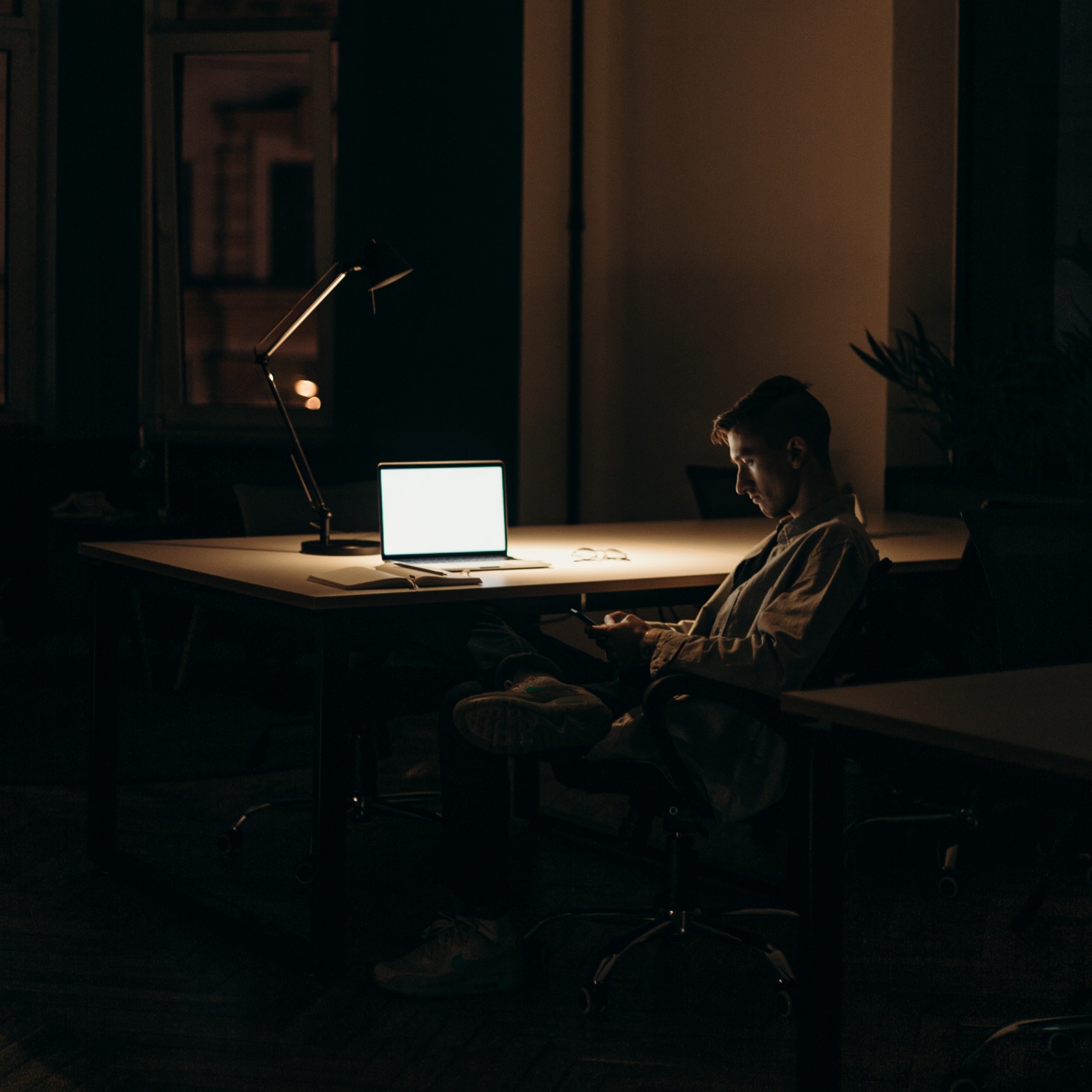Circadian rhythms
Without light, there is no life.
Light is vital to support all forms of life. We need light to see, but we also need light to support other bodily functions. With light we can affect mood, improve sleep and treat depression. Light has a direct alerting effect and can affect productivity, learning and memory consolidation.


The biological effect of light is bigger than most people are aware of.
Light has an effect on our biology and wellbeing that is greater than most people are aware of and that goes beyond the visual effects of light.
Lack of light impacts our health.
Spending a few hours in the early day outdoors helps support a healthy circadian rhythm. Despite this, today we spend the majority of our time indoors. Without proper synchronization, the individual cellular clocks work at their own pace, causing a misalignment1,2. Chronic sleep and circadian rhythm disruption is associated with short- and long-term health effects3, including:
- Difficulty falling asleep
- Decreased alertness
- A weakened immune system
- An increased risk of infections and cancer
Other effects of light on humans are diseases that demonstrate seasonal and diurnal patterns. Seasonal affective disorder (SAD) and acute myocardial infarction (AMI) are two examples, occurring more frequently during the darker months of the year4,5. Light can have an effect on sleep quality6,7, cognitive performance8 and physical performance9, which in turn may impose long-term health risks.

Biocentric lighting helps restore and sustain your natural circadian rhythm.

Light and circadian rhythms.
Sleep patterns are directly connected with our circadian rhythm. Research shows that light can correct a disturbed circadian rhythm. The strength of the synchronization depends on the light distribution and on the time of exposure10.
Blue light has a direct alerting effect and it can affect our sleep. Especially blue-enriched light in the morning stabilizes the circadian rhythm11.


Light affects us day and night.
On the other hand it is important to reduce exposure to blue light in the evening. Getting too much light in the evenings is a common modern problem leading to sleep delay and difficulty falling asleep, which has a negative impact on our circadian rhythm. By avoiding use of screens late at night, or activating night shift on smart phones and computers, you can limit your exposure. The type of light you are exposed to during the day also affects the impact of evening light.

Reduce sleep time delay.
A typical evening light environment at home provides around 20 lux m-EDI. An increase to 50 lux m-EDI, which the use of a laptop or phone may provide12, might cause a sleep delay by 1.5 hours if you are exposed to regular office lighting during the day. In contrast, using BCL light (m500) during the day, that sleep time delay would be reduced by 40%.
Light that lasts.
The effects of light are prominent even after leaving a light environment. The benefits of Biocentric lighting are both short- and long term, including a regular sleep cycle and higher alertness.
Mood
Mood is related to light exposure. Light which stimulates the circadian system has a direct mood enhancing effect and studies indicate that dawn simulations in the morning improve the subjective perception of well-being13, 14.
Stress
The importance of adequate lighting in schools and its effect on well-being is important to reduce children’s level of stress. A group of Swedish researchers have argued for better lighting conditions to improve school environments.
Attention, memory and concentration
Blue-enriched light seems to improve attention and decrease the number of errors of shift workers15. Bright, blue-enriched light can also be used to sustain working memory among students during the post-lunch hours16. It has been suggested that use of dynamic ambient lighting may increase productivity in the winter17.

Depression
Light therapy has been used as a part of depression treatment for many years and effectively treats both seasonal and non-seasonal depressive symptoms. Published studies also show that a combination of pharmacological therapy and light is more effective than psychopharma alone, and chronobiological therapy is advancing18. Similarly, daylight exposure has been used to reduce depression symptoms in individuals with dementia, a group that is largely affected by depression19.
Effects of light depends on
- Intensity
- Timing
- Wavelength
- Duration
- Previous light history
- Influences such as food and exercise
References
- O’Hara-Wright M, Gonzalez-Cordero A. Retinal organoids: a window into human retinal development. Development. 2020 Dec 24;147(24):dev189746.
- Wahl S, Engelhardt M, Schaupp P, Lappe C, Ivanov IV. The inner clock-Blue light sets the human rhythm. J Biophotonics. 2019 Dec;12(12):e201900102.
- Foster RG. 2020 Sleep, circadian rhythms and health. Interface Focus
- Mayo Clinic (2021) https://www.mayoclinic.org/diseases-conditions/seasonal-affective-disorder/symptoms-causes/syc-20364651, accessed on 2022-01-20
- Nagarajan V, Fonarow GC, Ju C, Pencina M, Laskey WK, Maddox TM, Hernandez A, Bhatt DL. Seasonal and circadian variations of acute myocardial infarction: Findings from the Get With The Guidelines-Coronary Artery Disease (GWTG-CAD) program. Am Heart J. 2017 Jul;189:85-93.
- Figueiro, M. G. et al. The impact of daytime light exposures on sleep and mood in office workers. Sleep Health 3, 204-215, doi:10.1016/j.sleh.2017.03.005 (2017).
- van Maanen, A. M. Meijer, K. B. van der Heijden, F. J. Oort, The effects of light therapy on sleep problems: A systematic review and meta-analysis. Sleep Med Rev 29, 52-62 (2016).
- Grant et al., Daytime Exposure to Short Wavelength-Enriched Light Improves Cognitive Performance in Sleep-Restricted College-Aged Adults. Front Neurol 12, 624217 (2021).
- Knaier et , Dose-response relationship between light exposure and cycling performance. Scand J Med Sci Sports 26, 794-801 (2016).
- Rüger, M et al. Human phase response curve to a single 6.5h pulse of short-wavelength light. J Physiol (2013).
- Münch, et al.Blue-Enriched Morning Light as a Countermeasure to Light at the Wrong Time: Effects on Cognition , Sleepiness , Sleep , and Circadian Phase. Neuropsychobiology274, 207–218 (2016).
- Schlangen LJM, Price LLA. The Lighting Environment, Its Metrology, and Non-visual Responses. Front Neurol. 2021. doi: 10.3389/fneur.2021.624861.
- Musiek ES, Holtzman DM. Mechanisms linking circadian clocks, sleep, and neurodegeneration. Science. 2016 Nov 25;354(6315):1004-1008.
- Gabel, V. et al. Effects of Artificial Dawn and Morning Blue Light on Daytime Cognitive Performance, Well-being, Cortisol and Melatonin Levels. Chronobiol. Int. 30, 988–997 (2013).
- Song et al., The Effect of Blue-enriched White Light on Cognitive Performances and Sleepiness of Simulated Shift Workers: A Randomized Controlled Trial. J Occup Environ Med 63, 752-759 (2021).
- Zhou et al., Does Bright Light Counteract the Post-lunch Dip in Subjective States and Cognitive Performance Among Undergraduate Students? Frontiers in Public Health 9, (2021).
- D. Canazei, P.; Staggl, S.; Pohl, W., Effects of dynamic ambient lighting on female permanent morning shift workers. Lighting Res. Technol. 46, 140-156 (2014).
- Geoffroy, C. M. Schroder, E. Reynaud, P. Bourgin, Efficacy of light therapy versus antidepressant drugs, and of the combination versus monotherapy, in major depressive episodes: A systematic review and meta-analysis. Sleep Med Rev 48, 101213 (2019).
- Konis K, Mack WJ, Schneider EL. Pilot study to examine the effects of indoor daylight exposure on depression and other neuropsychiatric symptoms in people living with dementia in long-term care communities. 2018:1071-1077.

